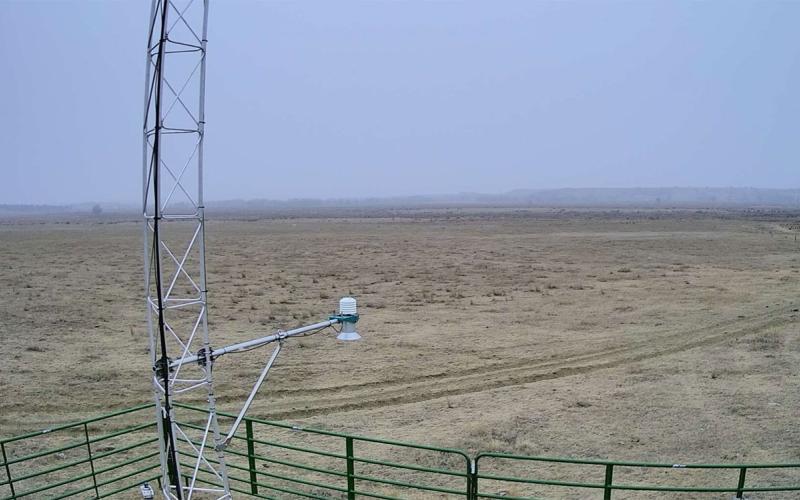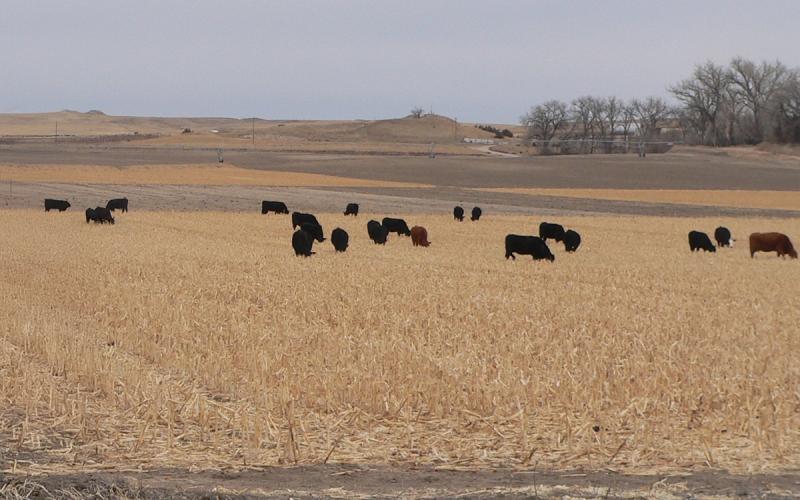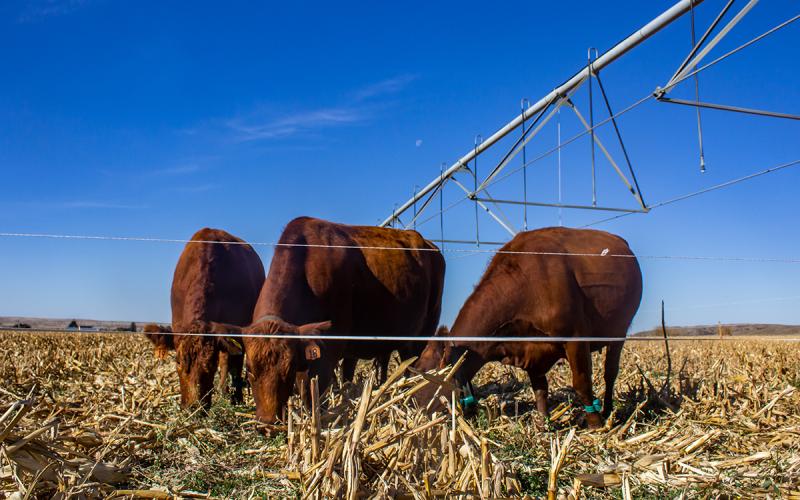
Summer has its last hurrah the first week of September before we see potential for our state’s first freeze of the fall season, according to NOAA’s Climate Prediction Center.
The latest outlooks for September 10-16, released on September 2, show high probability of an unusual cold period around September 9-11. There is a 40 percent chance that low temperatures will dip below 32 degrees F for at least one of those mornings, and maybe even below 28 degrees F in some isolated western and northern areas. This would certainly bring our growing season to a halt, especially for those with gardens or horticulture crops that aren’t protected from frost. Cattle and livestock may experience some health issues due to rapid swings in temperatures after the Labor Day weekend.
Should this forecast hold true, a frost of 32F or colder on September 9 would be about two weeks earlier than average for most South Dakotans. Much of the possible frost area typically expects sub-freezing temperatures closer to September 24 or later. At Aberdeen, this could be the earliest fall frost since 1992, which had a frost on September 8. At Lemmon, this could be the earliest frost since 1964, which occurred on September 6. This could even be a record earliest frost for some locations. For example, the earliest recorded fall frost in Pierre since 1933 occurred on September 13, 1949.
For September overall, the cold temperatures after Labor Day will likely carry much of the central and eastern region to be colder than average. There is some chance of a turn towards a warmer pattern again towards the end of September, but not enough to balance out the cold of the first couple of weeks. If horticulture crops and gardens are saved from cold temperatures early in September, they may have some more time to continue producing through the month.
Drought concerns are also holding ground in the Southwest region and some other corners of South Dakota. Statewide, the climate outlook for September does not offer much optimism for improvement in drought conditions. The likelihood of drier than average conditions is more likely than wetter conditions in the month ahead. There is good model consensus and confidence from the forecasters, as this pattern reaches from the northwest states to the North Central states.
Drier than average conditions could provide a favorable climate for drydown of corn and soybean grain in the field. In addition, early corn and soybean harvest will not likely battle wet soils, excessive rain and flooding as many growers have experienced in recent years. On the other hand, dry conditions could challenge early winter wheat emergence and cover crop growth. Some rain in the fall season could benefit soil moisture for overwintering of trees and could be held for spring growth of pastures, forages and row crops.
It has been a growing season of large swings and extremes, and it appears as if the month of September and this upcoming fall is no exception.


